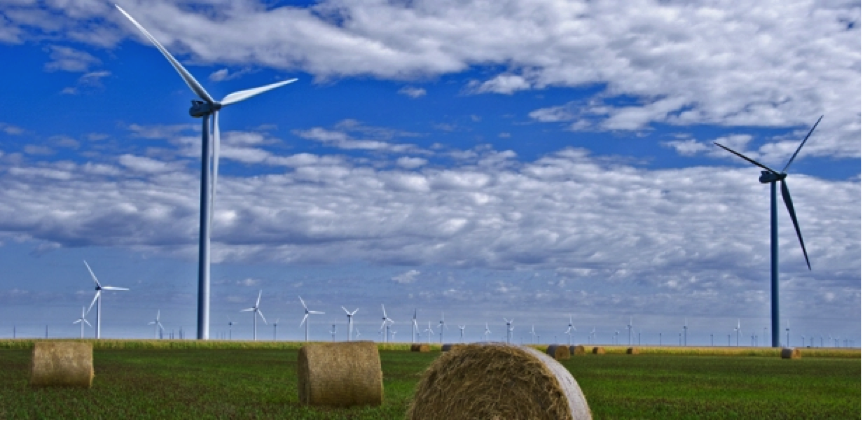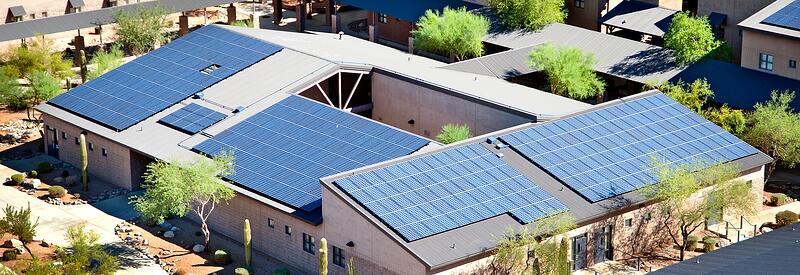The U.S. Environmental Protection Agency’s (EPA’s) plan to regulate carbon emissions is just the latest challenge facing the U.S. electric power system. Technological innovation is disrupting old ways of doing business and accelerating grid modernization. Earlier this year, AEE released Advanced Energy Technologies for Greenhouse Gas Reduction, a report detailing the use, application, and benefits of 40 specific advanced energy technologies and services. This post is one in a series drawn from the technology profiles within that report.

There are several technology options for utility-scale solar power systems, although photovoltaic (PV) panels are the most commonly used. Most utility-scale solar farms consist of large arrays of ground-mounted flat-plate PV modules, which convert sunlight directly into electricity via solar cells. The arrays can be fixed-tilt, single-axis tracking, or dual-axis tracking. Tracking adds cost but increases overall energy output. Concentrating photovoltaic (CPV) technology uses lenses to concentrate sunlight onto small PV cells to achieve higher overall conversion efficiencies than flat-plate technology. A minority of utility-scale solar projects use concentrated solar power (CSP) systems, which concentrate sunlight using mirrors or lenses to generate high temperatures that are used to produce high-pressure steam that drives an electricity-generating steam turbine-generator set. Utility-scale PV and CPV plants typically range in size from 1 MW to well over 100 MW, while CSP is generally in the 100s of MW. Peak solar output (midday to late afternoon) also typically coincides with times of peak electric demand, relieving the need for peak generation resources.




